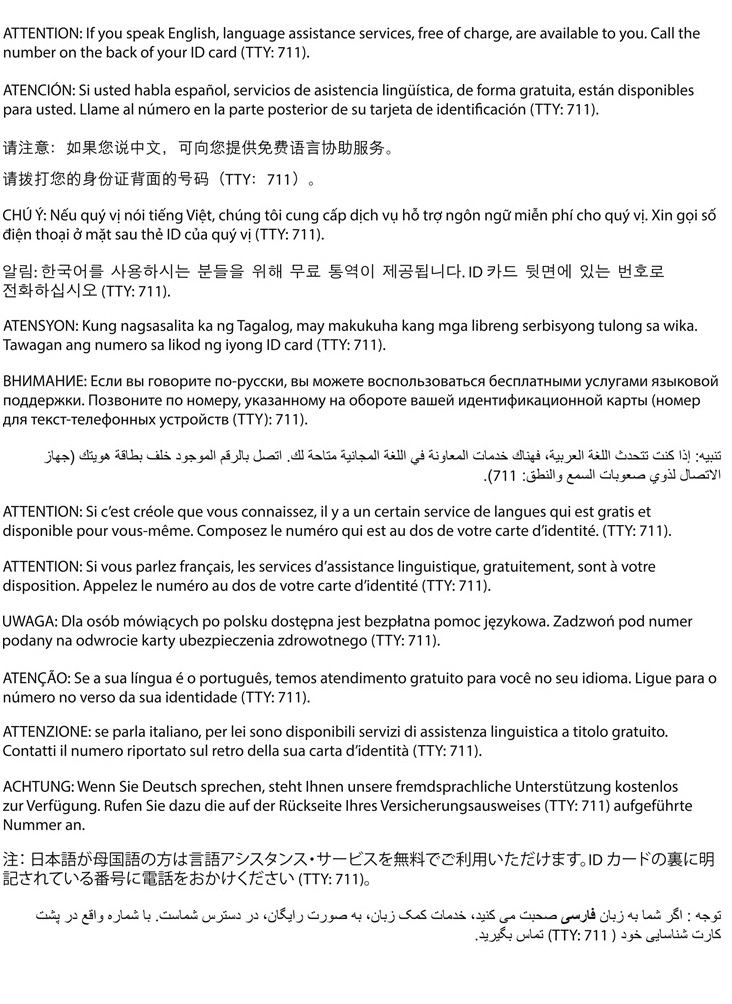| Highmark Commercial Medical Policy - Pennsylvania |
| Medical Policy: | X-21-030 |
| Topic: | Mammography |
| Section: | Radiology |
| Effective Date: | January 1, 2018 |
| Issue Date: | May 28, 2018 |
| Last Reviewed: | May 2018 |
Screening mammography is an x-ray of the breast used to aid in the detection of breast cancer in an individual with no signs or symptoms of disease. Diagnostic mammography is an x-ray used to further evaluate a finding in a screening mammography or used when an individual has other signs or symptoms or a history of cancer. Digital Breast Tomosynthesis (DBT) is a three dimensional view of the breast using x-ray technology, where the x-ray tube moves in an arc around the stabilized breast, and these images (slices) are then sent to a computer to produce the three dimensional image. |
This policy is designed to address medical guidelines that are appropriate for the majority of individuals with a particular disease, illness, or condition. Each person's unique clinical circumstances may warrant individual consideration, based on review of applicable medical records.
| Policy Position Coverage is subject to the specific terms of the member’s benefit plan. |
Screening Mammography
Payment will be made for one screening mammography including computer-aided detection (CAD) OR screening mammography with digital breast tomosynthesis per calendar year for asymptomatic individuals with female anatomy forty (40) years of age or older.
Screening digital breast tomosynthesis (77063) should not be reported as a stand-alone code and be reported with the primary screening mammography procedure (77067). When 77063 is reported without the appropriate screening mammography code, the add on code of 77063 will deny.
Self-referred screening mammograms for individuals with female anatomy under age forty (40) are not covered.
Prior to rendering the DBT service the following requirements for member safety, education and informed choice must be met:
Diagnostic Mammography
Diagnostic mammograms are covered according to a member’s individual or group customer benefits, that includes standard diagnostic mammography and diagnostic digital breast tomosynthesis.
If reporting the HCPCS II code for diagnostic digital breast tomosynthesis (G0279), it should be reported separately with the appropriate diagnostic primary mammogram service code. Procedure code, G0279, is an add on code.
| Professional Statements and Societal Positions |
American Cancer Society Guidelines for Breast Cancer Screening (2015). Women at Average Risk: Women at average risk should begin annual mammography at age 45. Older Women: Screening decisions in older women should be individualized by considering the potential benefits and risks of mammography in the context of current health status and estimated life expectancy. Women at Increased Risk: Women at increased risk of breast cancer might benefit from additional screening strategies beyond those offered to women of average risk, such as earlier initiation of screening, shorter screening intervals, or the addition of screening modalities other than mammography and physical examination, such as ultrasound or magnetic resonance imaging. However, the evidence currently available is insufficient to justify recommendations for any of these screening approaches. American College of Radiology (ACR). ACR Statement on Breast Tomosynthesis, November 24, 2014. As this technology is used in clinical practice, we anticipate that further studies will clarify its impact on long-term clinical outcomes, including reduced mortality. It will also be important to further elucidate which subgroups of women might benefit most from these exams (by age, breast density, frequency of examination, etc.). To be clear: tomosynthesis is no longer investigational. Tomosynthesis has been shown to improve key screening parameters compared to digital mammography. While the College encourages more studies to clarify the clinical role(s) of tomosynthesis and its long-term outcomes, it is clear that tomosynthesis represents an advance in breast imaging. American College of Obstetricians and Gynecologists (ACOG). ACOG Practice Advisory on Breast Cancer Screening, April 20, 2015. Further study will be necessary to confirm whether digital mammography with tomosynthesis is a cost-effective approach capable of replacing digital mammography alone as the first-line screening modality of choice for breast cancer screening. National Comprehensive Care Network (NCCN). Breast Cancer Screening and Diagnosis. Version 1.2015 Breast Screening Considerations: Early studies show promise for tomosynthesis mammography. Several studies show a combination of digital mammography and tomosynthesis resulted in improved cancer detection and decreased call back rates. Of note, most studies used double the dose of radiation. The radiation dose can be minimized by synthetic 2-D reconstruction. Definitive studies are still pending. United States Preventive Task Force (USPSTF) Breast Cancer: Screening Draft Recommendation Statement April 20, 2015. For all women the USPSTF concludes that the current evidence is insufficient to assess the benefits and harms of tomosynthesis (3-D mammography) as a screening modality for breast cancer. “I” rating indicating the evidence is lacking, of poor quality, or conflicting, and the balance of benefits and harms cannot be determined. |
| Place of Service: Outpatient |
| The policy position applies to all commercial lines of business |
| Denial Statements |
A network provider can bill the member for the non-covered service.
| Links |
